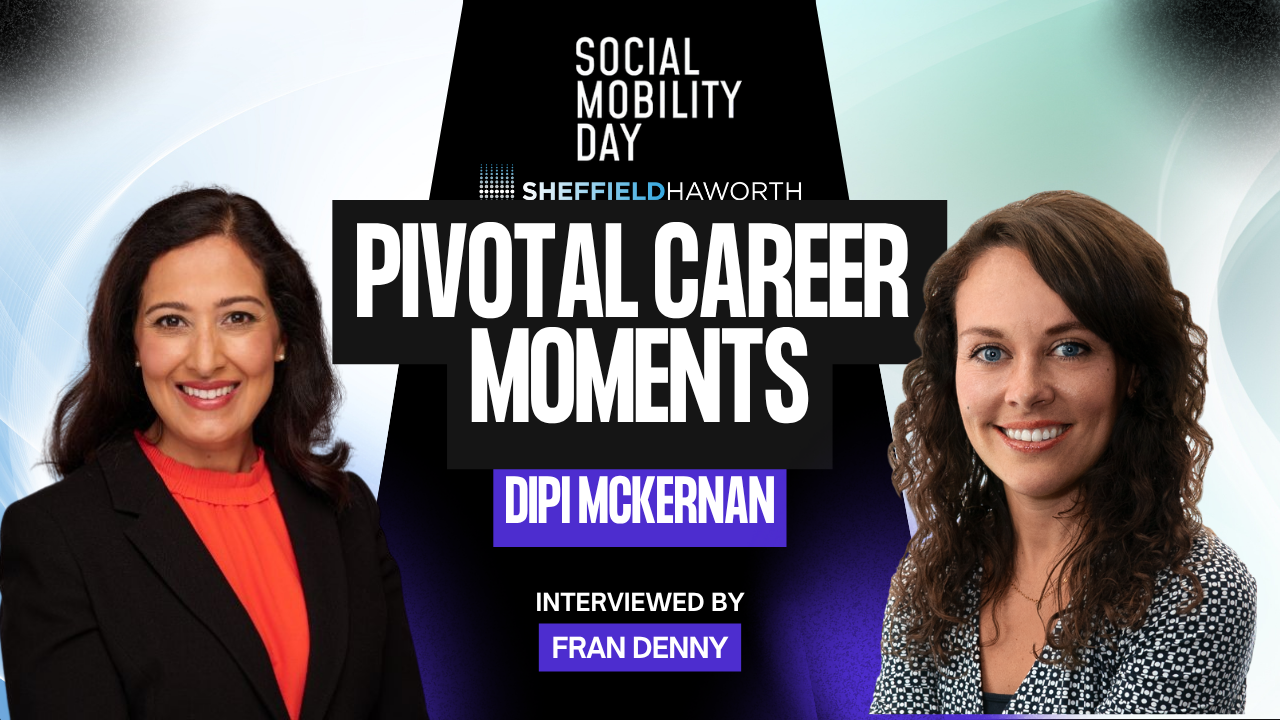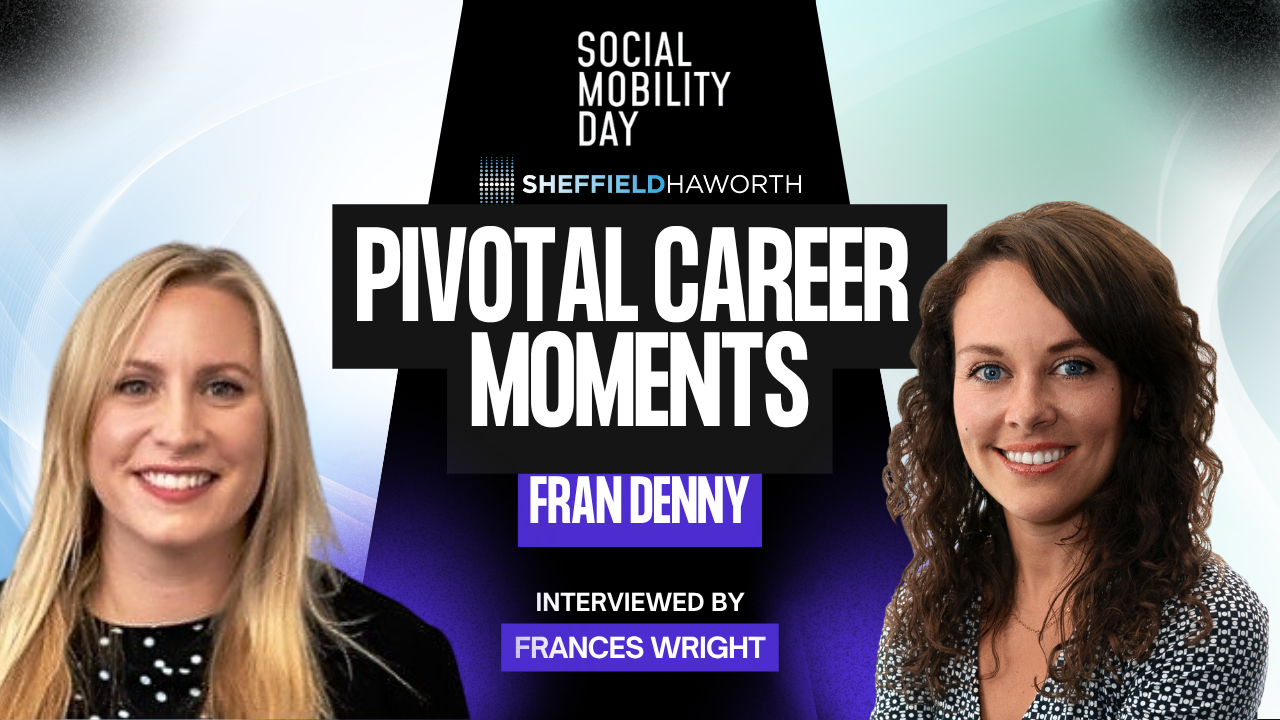How to help your employees to stay productive and avoid burnout in a hybrid working world
“The shift to a hybrid world of work will have a big impact on managers” reads the typically understated subtitle of an article in the 10th April edition of the Economist.
“Before the pandemic Americans spent 5% of their working time at home,” the article says. “By spring 2020 the figure was 60%… As lockdowns lift, working from home is likely to stay.”
Organisations in every country are looking into how to make this work. Research suggests that employees, on average, would like to spend up to half their working week at home. Various surveys also show that, while productivity remains strong, people have been working longer hours. There is a risk that cohesion and team bonding are eroding. Longer term then, there is a risk of burnout and people becoming less happy, less motivated, and less productive.
The problem is that many organisations aren’t really seeing the challenge for what it is. We’re not working from home anymore; we’re living at work. It’s a subtle but important difference that can help us address some of the issues that come with that.
In thinking about this, HR Directors and CEOs alike may find it useful to consider the following 10 principles. These are by no means exhaustive. But they should be a good place to start.
1. Stop measuring work in terms of hours
This principle is not just relevant to the new normal. It’s relevant all the time. The concept of the workplace comes from the industrial revolution where you had to go to a factory to make goods. In that environment, it’s easy to see when people are adding value because they’re standing on a production line.
Management in the service industries is much harder because you have to work out what is valuable and what is important. Because that’s difficult, managers traditionally default to hours because they’re easy to measure. But hours are a false measure of someone’s productivity and the value they’re providing. We need to move away from this industrial revolution way of thinking.
Firstly, focus on what is really, really important. What are you trying to achieve? What’s the vision for your team or your organisation? Does everyone understand that?
Secondly look at how you are asking your people to focus on doing less and doing it better, rather than asking them to do more.
The salesperson who has 20 conversations with low value contacts in an organisation is going to be less effective that the one having fewer, high-value conversations with senior people. It’s really about output and results – provided that you stick to measuring controllable variables.
2. Create the right infrastructure
You are likely still trying to work out how best to approach hybrid working in your organisation. That’s fine. But you do need to take care of the basics. You have to set your people up for success at home in the same way you would in the office.
It’s no good having someone on an obsolete laptop in the corner of their kitchen. Invest in them and their productivity; give them up to date computers, second screens, docking stations, and decent audio equipment. Give them advice on how best to set up a proper workstation at home. This would be second nature to you in the office environment and it needs to become second nature for working from home too.
3. Set clear boundaries and expectations
Boundaries are hard to enforce, so you may need to create them. One idea I like to use for this is the concept of a false commute. Usually I finish work at around 5pm on a Friday. But I didn’t feel ready to go and engage with my family because I was still thinking about work. So I got into the habit of going for a 45-minute walk at the end of the work day. It relaxed me and allowed me to clear my mind.
Another way of doing this is through changing clothes. I dress for the office and then when I am done for the day I deliberately change into something more casual. This minor change also helps me decompress and reminds me which hat I am wearing. It is a tactical point, but the clothes you wear shape your behaviour.
Secondly, there’s a piece here around assumptions and expectations. People often assume that clients expect a response from email within the hour, but that’s very rarely the case in reality. Similarly, when you’re sending emails to your team, it’s best to be clear about how much of a priority the response is. If you always expect an instant response to your emails, you’re not being fair to your team.
4. Offer flexibility where needed
Some employees will need more flexibility when working from home. Take the example of working parents with young children. Just because they are finishing work or can’t take a call at 5.30, it’s not because they’re not committed. It’s because they’re doing their second job, which is raising their children. People with young families need a bit more flexibility. If you give it to them now, you will get it back in spades later.
5. Encourage your people to experiment, reflect and learn
Because people are finding their way, they’re not going to get this right immediately. They’re going to make mistakes and get frustrated. They’re going to have good days and bad days.
Make it clear that this is okay and encourage them to take ownership for their productivity and performance and the value they’re providing for the organisation by asking them to reflect. At the end of each week, they should be thinking about how that week has gone – what worked and what could have gone better.
I do this with all the people that I coach. The tighter you can create those feedback loops, the better and more productively you are going to handle this change.
6. Don’t diarise every call
It’s easy to let Zoom become a tyrant that glues you to your desk. Not everything has to be done over Zoom or face to face. Instead, strive to keep the informality of the impromptu phone call between meetings.
There are two benefits to this. The first is productivity. Setting up video calls means having to find time in your calendar, and your recipient’s calendar. You probably have to go through their PA. Beside all the time wasted on admin, many conversations can be wrapped up in about three minutes. Or you can have a quick chat and achieve something in 30 seconds that would take eight or ten minutes to work out via email. These incremental productivity improvements quickly compound.
More than that, calling people directly like this is a way of encouraging the types of informal conversations we’re more used to having in the office. It keeps the element of spontaneity and deepens the genuine connectivity that some miss from being in the office.
7. Encourage your people to make the most of hybrid working for their benefit
If you want your people to think about the opportunities that could exist for your organisation in this new world of work, get them to think about the potential opportunities for them to live differently given the change in their working conditions.
What does an ‘ideal day’ look like? Do they want to go for a run at lunchtime? How could they create a daily routine that gets the best out of them? Ultimately, you’re paying people for the quality of their work. You need them to feel refreshed and energised.
So ask them how you can best support them to create the structures and systems and boundaries that allow them to do their best work. That’s a very different conversation to the one that’s been had to this point.
8. Encourage your people to leave the house
If you notice someone is on chat from 8am in the morning through to 6pm, you need to check if they’ve left the house. If not, tell them to book out a meeting in their diary and go for a walk (or just to go outside if they have mobility issues).
For one-to-one catch ups, encourage people to take the call while walking. Tell them to get a decent hands-free kit and go for a walk where it’s not too windy. If it’s raining, tell them to get a waterproof jacket and an umbrella.
I do this all the time, and it makes me feel so much better. I do a lot of catch-up sessions while I’m out walking my dog in the afternoon. You will find the quality of the conversation is very, very different. It’s not another dial-in, sit-down Zoom meeting. You’re getting oxygen through your system and livening up your brain.
The body is designed to be used, so this is beneficial for concentration, for energy, and for all round fitness.
9. Never, under any circumstances, install any surveillance software
This is the fastest way to tell your employees that you don’t trust them. If you need to monitor your staff in this way then you have a huge culture and trust problem. Surveillance is not going to help you.
I would never work for an organisation that would put surveillance software on me. This is not only about trust, but because I do much of my best work with the computer off, brainstorming ideas on an A3 pad where I can’t be distracted. I am sure some of your employees operate in the same way.
Besides, working in front of a screen all day is bad for our health and bad for our concentration.
10. Role model good behaviours
Whatever behaviours you’d like to encourage in your people, you need to do them too. If you set boundaries on answering emails during unsocial hours, for example, then you need to follow those boundaries – or explain the reason you’re not.
Perhaps you’re sending an email at 10pm on a Friday. Well, that’s ok as long as you explain to the recipient that you don’t expect them to respond during unsociable hours. Similarly, if you work long hours on a Thursday, why not explain that’s because you’ve got the chance to play golf on Friday at 3pm? (And you’ll also need to make it clear that it’s also ok for your people to go out playing golf on a Friday afternoon if they’re getting all their work done.)
In short, you must lead by example. Model the behaviours you wish to encourage. Doing that is the surest route to embedding productive practices in your team.
When it comes to work, people have a choice. You can’t chain them up and tie them to a production line. You have to create an environment where they want to do their best work for you. Hopefully these 10 key principles will help you in working out how you’re going to do that in your organisation.


















